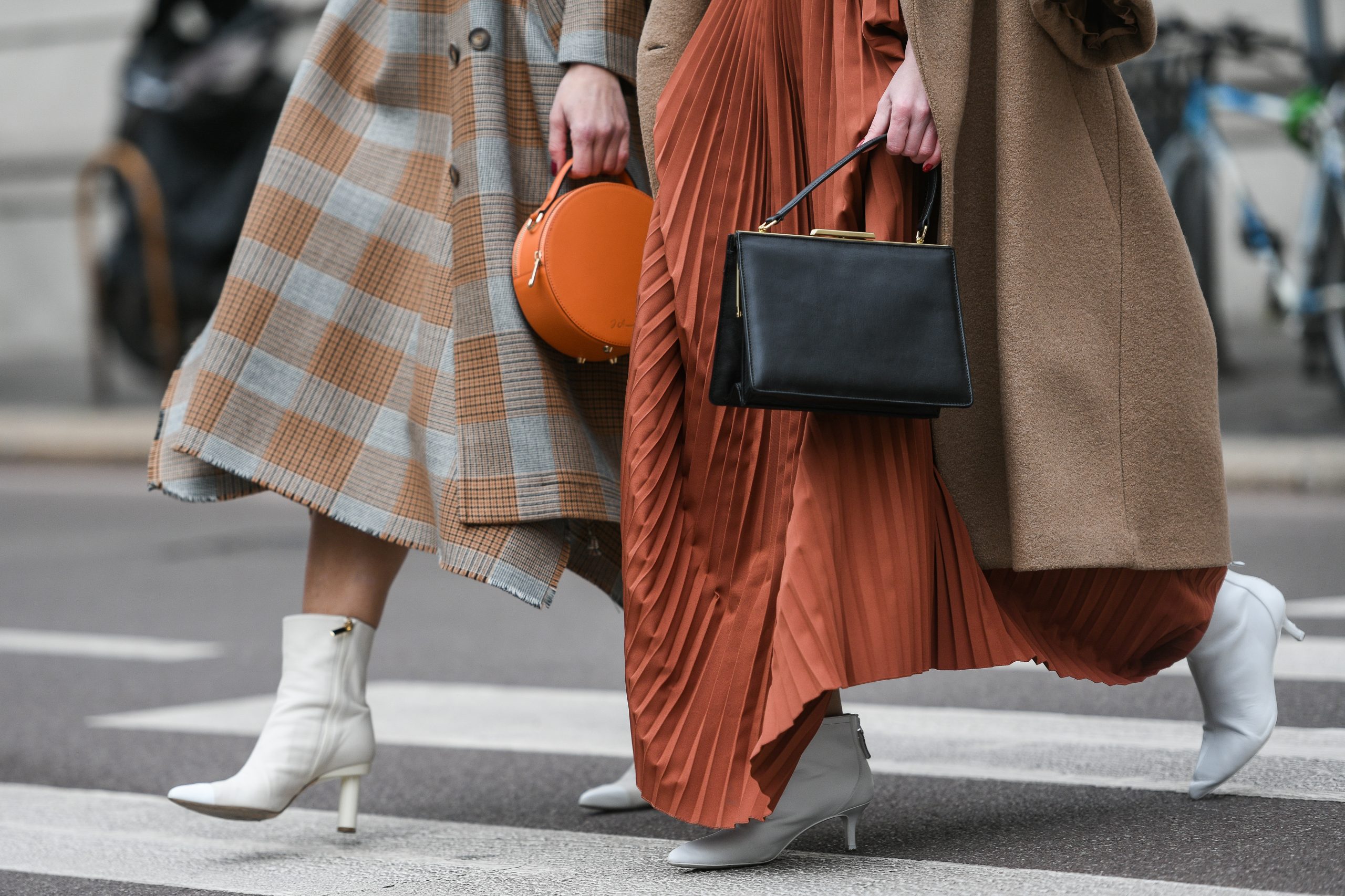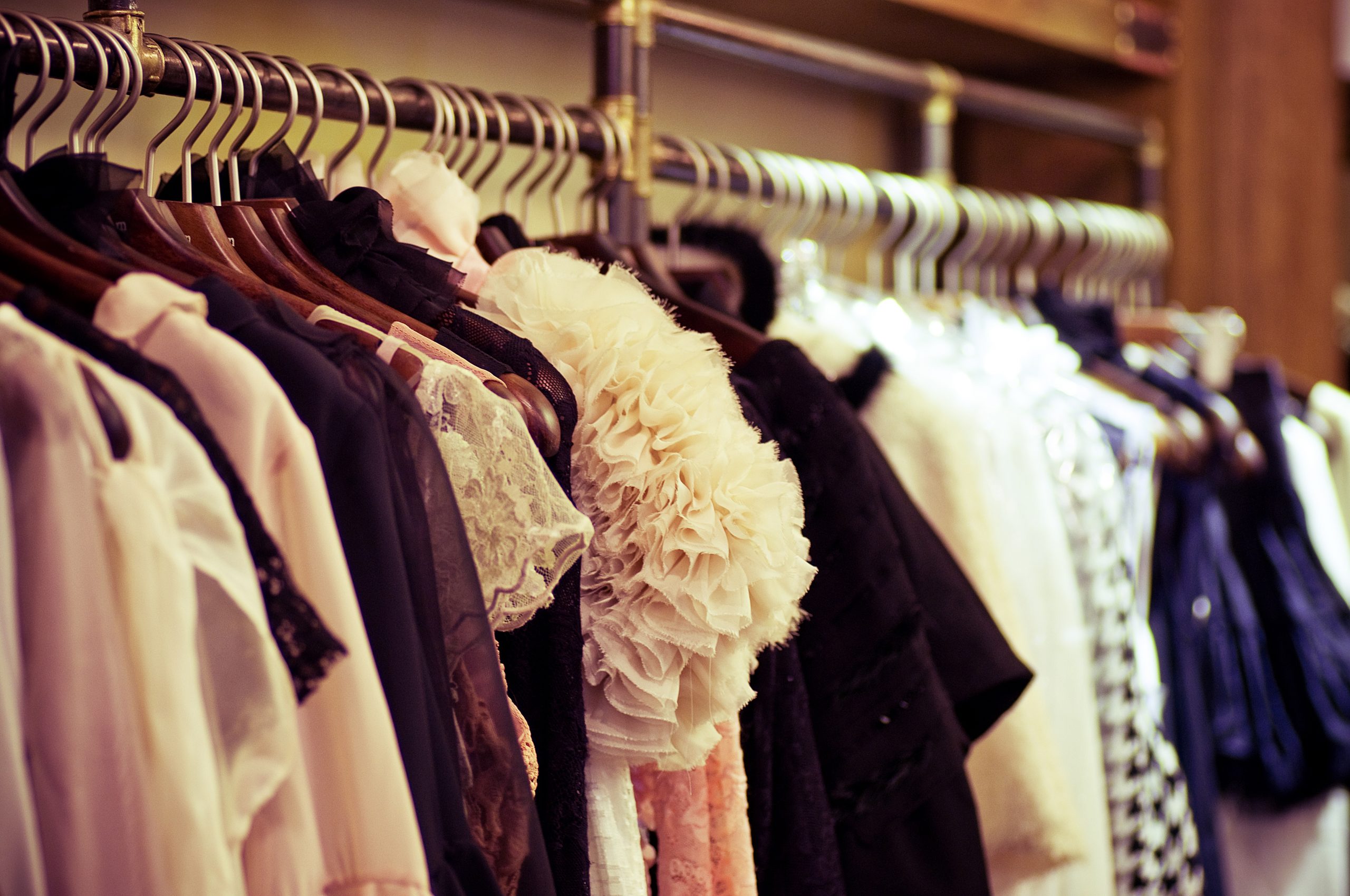It wasn’t until I started working more recently with menswear that I discovered how differently men’s and women’s clothes were engineered. Fortunately, menswear hasn’t embraced making cheap disposable items in nearly the same way as womenswear. Menswear predominantly remains well cut, durable and more classic in design enabling you to keep wearing them. The fabrics are generally superior and the construction methods are much more hard wearing. This seems ironic considering we live in a world where women often do the majority of the housework and childcare necessitating more practical clothes.
What also surprised me is that men’s suits and trousers are usually made to be easily adjusted if you put on weight. Men’s trousers nearly all have extendable waists, whereas this isn’t the case for women’s trousers. Are we just not meant to put on weight or is it assumed we are so frivolous we would just want to get rid of something if it no longer fits? As women, our waistlines usually increase after babies and hormonal changes making our clothes potentially even less wearable. Surely adding in extra seam allowance would be even more beneficial to us.
Menswear has acknowledged we’re not all built to the same proportions but womenswear seems to cling to the idealised version of women as being an hourglass shape. Men’s clothes often come in different body fits: slim fit, classic fit giving them greater flexibility. In terms of fashion sustainability, it’s much easier for men to keep wearing their clothes longer.
There are a small number of brands who produce collections with the same or similar fabrics on offer for both men and women which I like to wear. For women, choosing basics that are a bit more androgynous can be more sustainable for everyday life.







